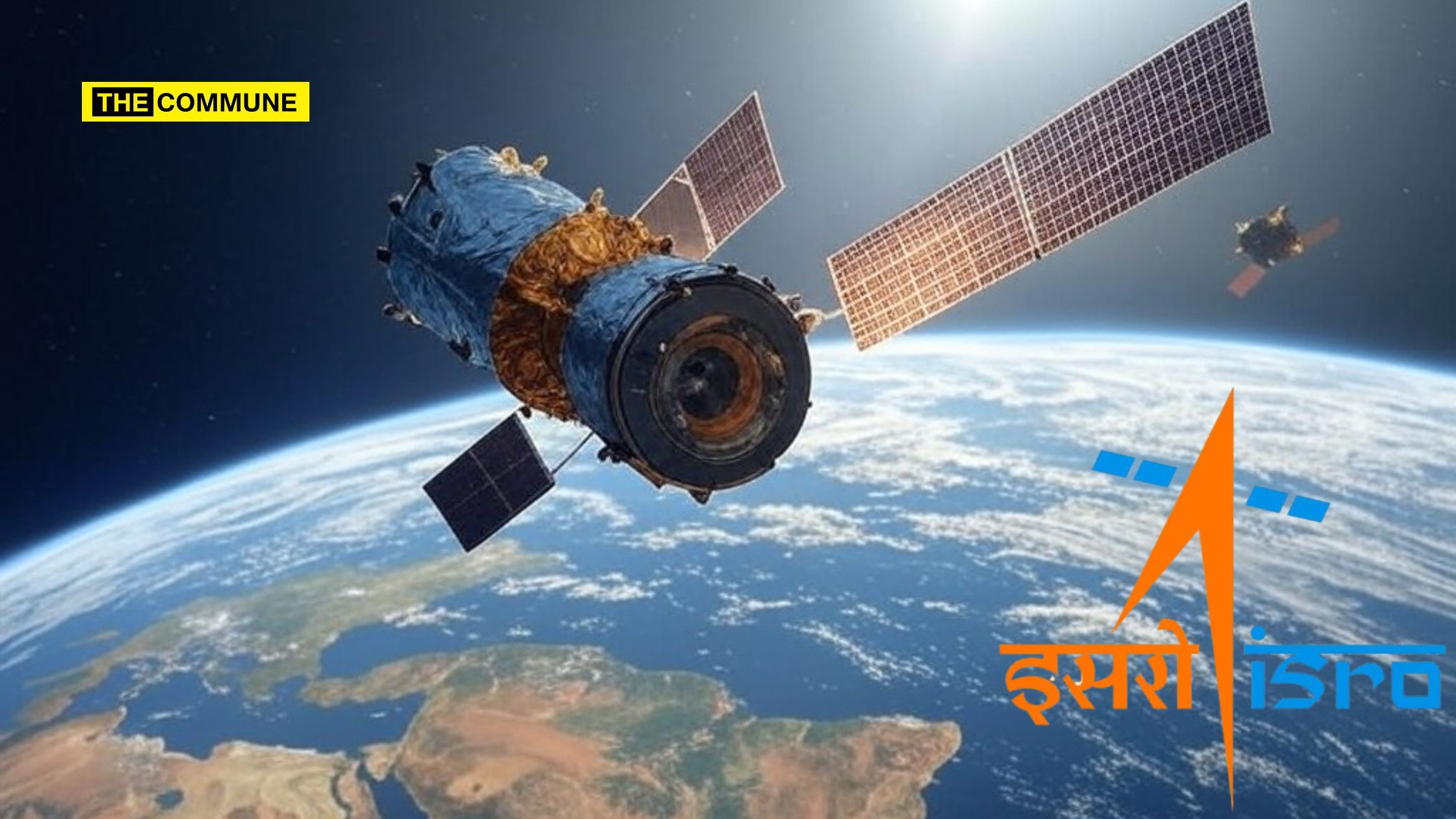
In a remarkable achievement for India, the Indian Space Research Organisation (ISRO) successfully conducted the SpaDeX docking experiment on 16 January 2025, marking India as the fourth country to accomplish this feat, joining the ranks of the USA, Russia, and China.
The experiment involved two satellites, SDX01 (Chaser) and SDX02 (Target), launched aboard the PSLV C60 on 30 December 2024. ISRO officials at the Mission Operations Complex (MOX) within the ISRO Telemetry, Tracking, and Command Network (ISTRAC) meticulously managed the docking process.
In a post on X, ISRO celebrated the success, stating, “Spacecraft docking successfully completed! A historic moment. Let’s walk through the SpaDeX docking process: Manoeuvre from 15m to 3m hold point completed. Docking initiated with precision, leading to successful spacecraft capture. Retraction completed smoothly, followed by rigidisation for stability. Docking successfully completed. India became the 4th country to achieve successful Space Docking. Congratulations to the entire team! Congratulations to India!”
Following the successful docking, ISRO confirmed that control of both satellites as a unified system was successfully established. They further mentioned that undocking and power transfer tests would be conducted in the coming days.
SpaDeX Docking Update:
🌟Docking Success
Spacecraft docking successfully completed! A historic moment.
Let’s walk through the SpaDeX docking process:
Manoeuvre from 15m to 3m hold point completed. Docking initiated with precision, leading to successful spacecraft capture.…
— ISRO (@isro) January 16, 2025
Earlier in the week, ISRO had successfully moved the satellites to within three meters in a preliminary test before safely distancing them again. The SpaDeX mission, designed to demonstrate and develop technology for spacecraft rendezvous, docking, and undocking with small satellites, holds significant potential for future space exploration missions.
This success is a critical step toward enabling missions like sending an Indian astronaut to the Moon, conducting lunar sample returns, and building the Indian Space Station. The mission will also demonstrate electric power transfer between the docked spacecraft, which could play a key role in in-space robotics, spacecraft control, and payload operations.
ISRO clarified that after docking and undocking, the satellites will be separated and used for various application missions. “Post docking and rigidization, the transfer of electrical power between the two satellites will be tested before they are undocked and separated to begin their individual payload operations,” the organization said.
The SpaDeX experiment was initially scheduled for 7 January, but was delayed due to the need for further validation following an abort scenario on 6 January. ISRO later rescheduled the docking experiment for 9 January, only to postpone it again when a drift between the satellites exceeded expectations. However, this issue was successfully resolved before the eventual successful docking.
The SpaDeX mission, launched on 30 December 2024, from the Satish Dhawan Space Centre in Sriharikota, involved launching the two satellites into a 475 km circular orbit.
(With inputs from The Hindu)
Subscribe to our channels on Telegram, WhatsApp, and Instagram and get the best stories of the day delivered to you personally.




